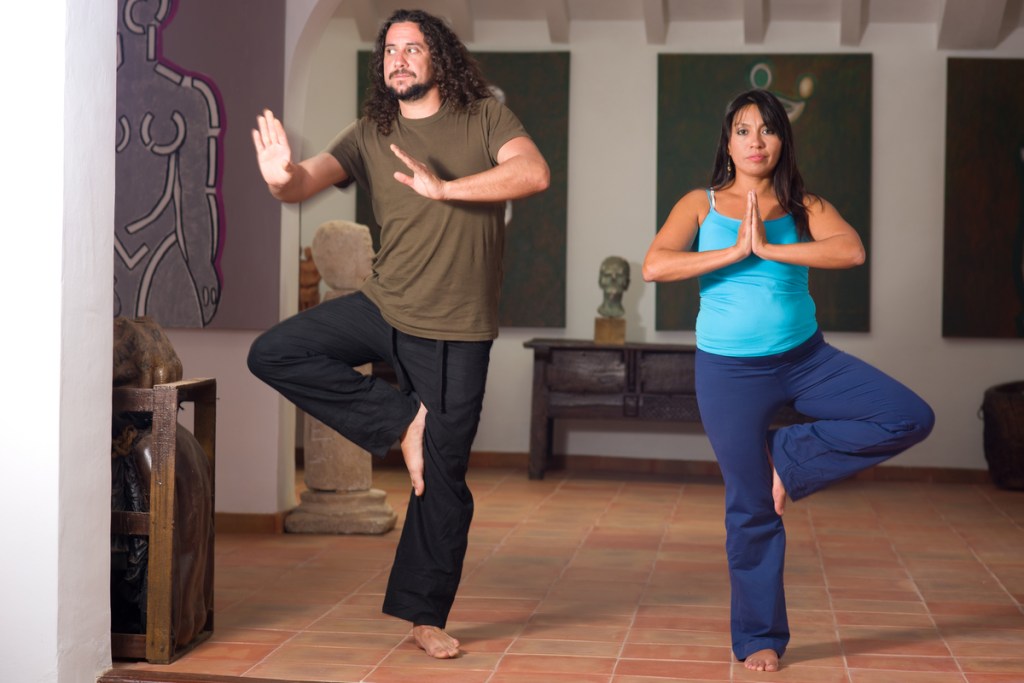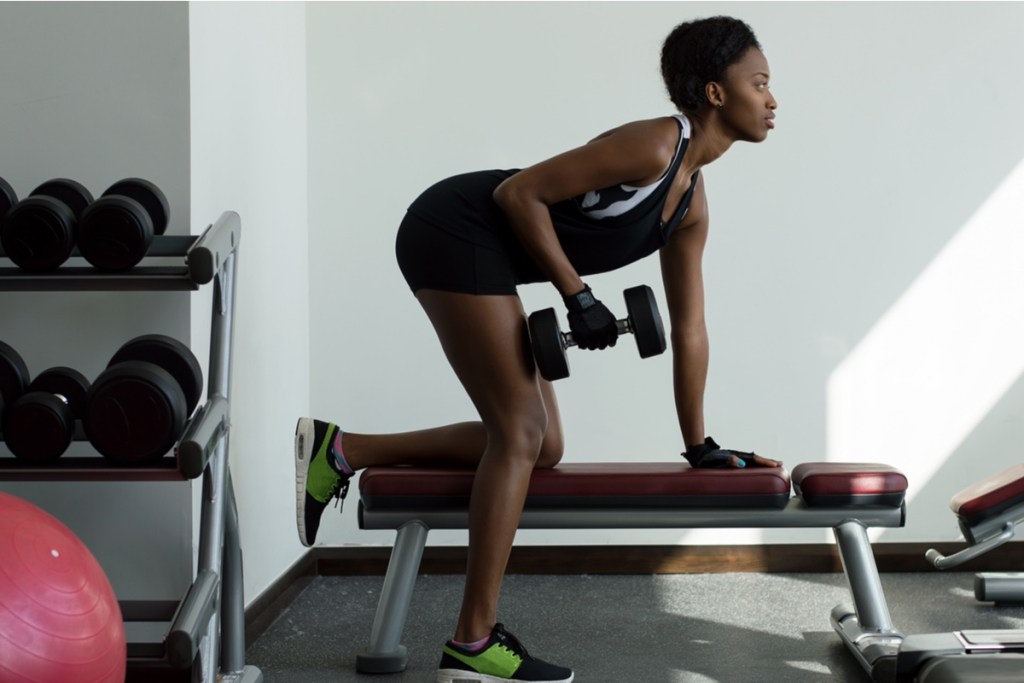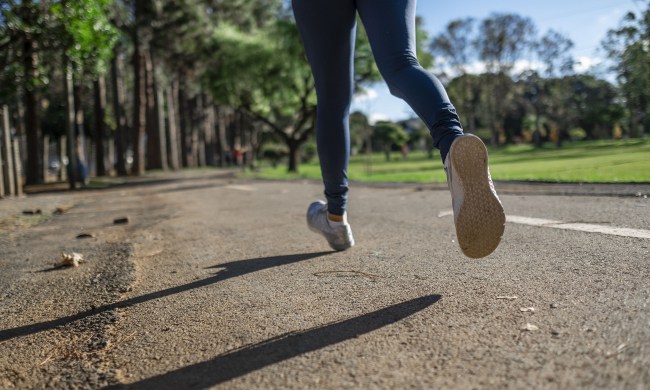
There are so many exercise programs and routines and philosophies out there it’s no wonder people get overwhelmed. How to know what to choose, or why?
At the same time, we’re all aware of the health benefits of exercise by now. Physical activity lowers your blood level and raises your mood. It keeps your weight down and your mobility up. The list goes on.
Nevertheless, finding a good daily workout routine can be intimidating. What kind of routine should you design? The answer in its simplest form is: the kind you will stick with consistently over a long period of time.
Getting from here to there, though, can be a challenge. You can make that challenge more manageable by keeping these three guideposts in mind as you look to create (or re-create) your daily workout routine.
Nail down the specifics
How often or how long you exercise is greatly affected by individual goals, abilities, and personal preferences. But a good exercise target for novices (or anyone, really) is the federal government’s recommendation for 150 minutes of moderate physical activity (think brisk walking) or 75 minutes of vigorous activity (think jogging) each week, or some combination of the two.
Figure out how you want to reach your goal. What kinds of activities will you do and for how long? Make a schedule. Plan out your walking or running route in advance. Get your favorite fitness app or playlist ready to go. Have fun prepping and give yourself zero excuses at go time!

Take it easy on yourself
In all likelihood, you’re not training for the Olympics. Remember that the goal is just getting healthier and getting in better shape. If this is your first time exercising in a while (or ever), remember that it’s OK to take breaks and, frankly, not be very good at something. If you’re trying something new, allow yourself time to settle into a different groove.
Be realistic about your goals. You want to give yourself a challenge, but if you aim too high you can get discouraged or even run the risk of an injury from overexertion. If you find yourself setting small goals and going through them quickly, well, is that so bad? It’s all about keeping yourself motivated, and for a lot of us, that should mean carrots as much as (if not more than) sticks.

What do you like?
Roller skating, maybe? Hey, why not? Here’s your chance to get creative. If you look into it, you may well be surprised at what your community has to offer. Parks and rec departments are tremendous resources here. Or check out the bulletin boards at your favorite local businesses to see what classes may be on offer in your neck of the woods.
Team and individual sports are just one avenue to explore. There are plenty of activities you can do solo and with little or no equipment. Generally speaking, cardio-boosting exercise is divided into two broad categories: moderate and vigorous.
Examples of moderate-intensity exercise include:
- Walking fast
- Hiking
- Water aerobics
- Bicycling on level ground
- Doubles tennis
- Mowing the lawn
- Rollerblading
- Slower-tempo dancing
- House cleaning
- Gardening
Examples of vigorous-intensity exercise include:
- Jogging or running
- Swimming
- Bicycling fast or on hills
- Singles tennis
- Basketball
- Skipping rope
- Aerobic exercise classes (e.g., Zumba, Crossfit, spinning)
- Walking stairs
- Boxing and other martial arts
- Higher-tempo dancing
- Soccer
Starting anything new can be daunting, but new fitness or exercise routines are near the top of the list. As they say, comparison is the death of joy, and it’s all too easy to evaluate yourself and your fitness level by unrealistic or impractical standards.
Designing a workout routine you feel good about is the antidote. You can easily do so without expensive equipment or fancy gym memberships. It may take some trial and error, but that’s OK. Moving toward your fitness goals may not be a linear path. The key is continuing to put one foot in front of the other.
BlissMark provides information regarding health, wellness, and beauty. The information within this article is not intended to be medical advice. Before starting any diet or exercise routine, consult your physician. If you don’t have a primary care physician, the United States Health & Human Services department has a free online tool that can help you locate a clinic in your area. We are not medical professionals, have not verified or vetted any programs, and in no way intend our content to be anything more than informative and inspiring.




